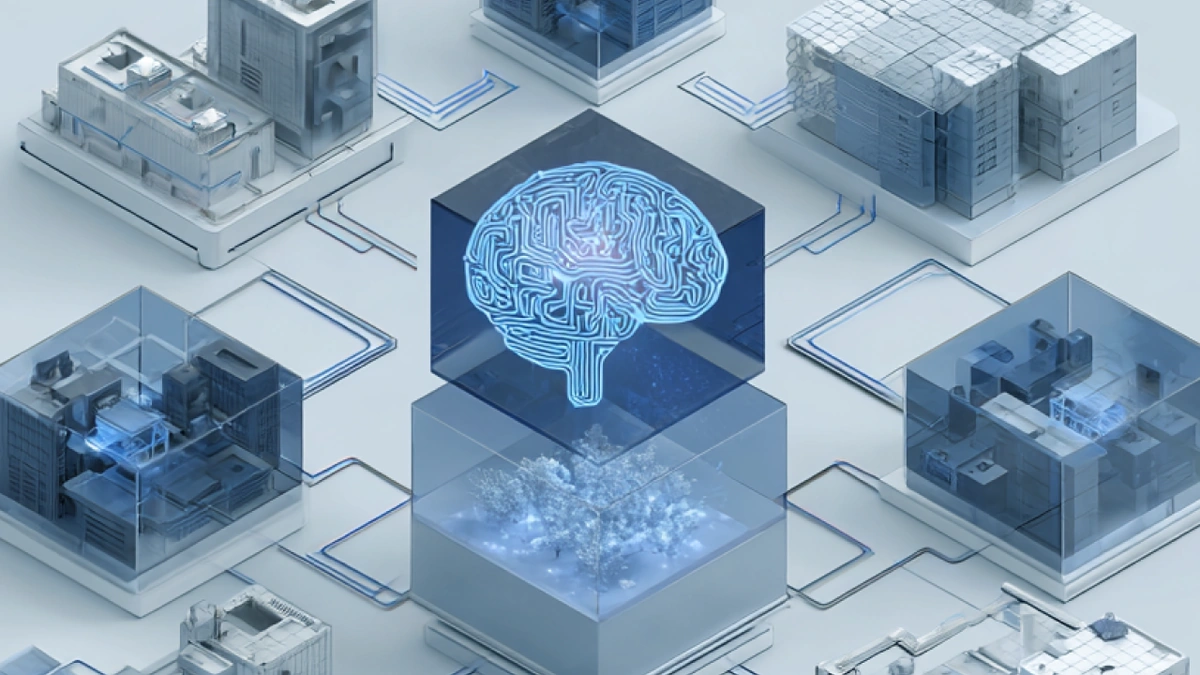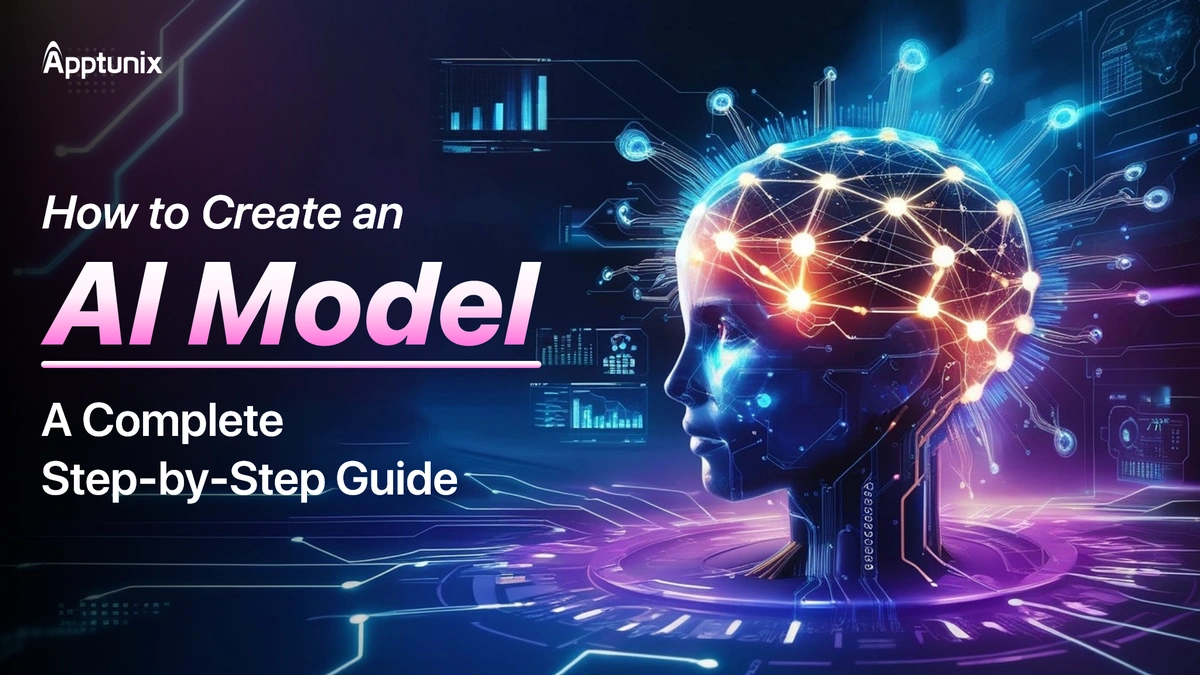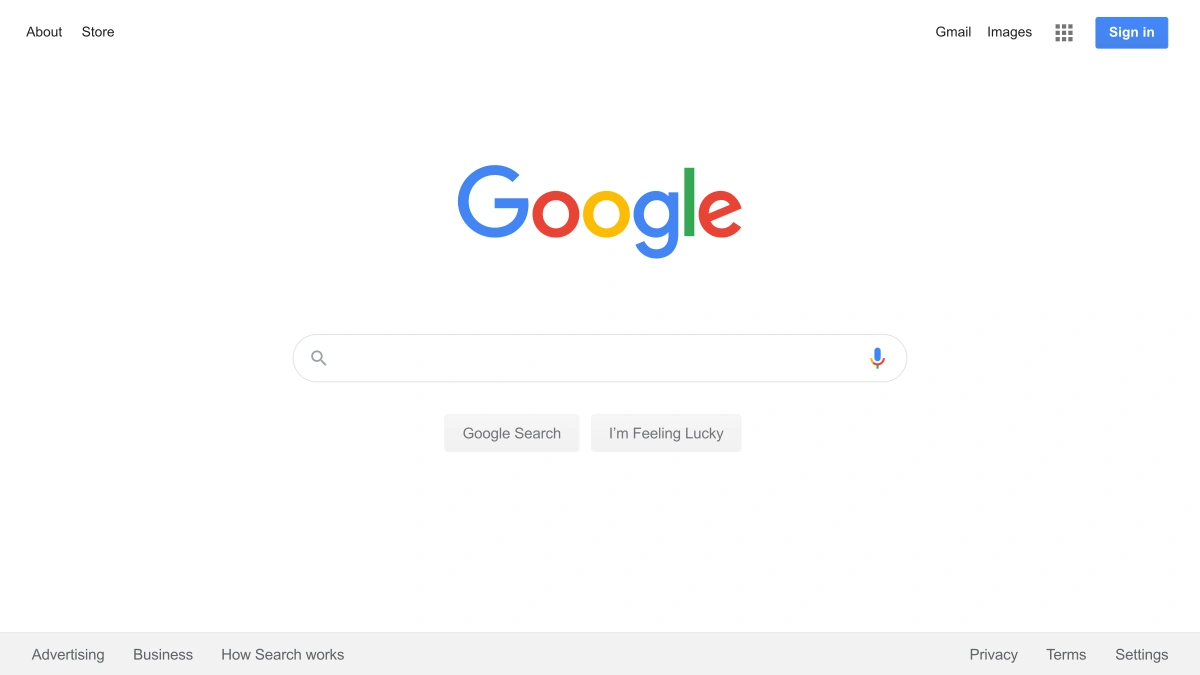Microsoft Competes with Google and OpenAI with New AI Model
Okay, so everyone’s talking about the latest AI model battle brewing in Silicon Valley. But here’s the thing: it’s not just about tech giants flexing their muscles. It’s about the future of, well, everything. Microsoft throwing its hat in the ring to compete with Google and OpenAI? That’s a seismic shift, not just another news headline. Let’s dive into why this matters to you, me, and the chaiwala down the street.
The “Why”: The Bigger Picture of AI Development

Forget the spec sheets and the teraflops for a second. Why is Microsoft even doing this? What’s the grand strategy? Well, it boils down to control of the AI landscape . Google’s been the 800-pound gorilla with its AI algorithms , and OpenAI’s captured everyone’s imagination with tools like ChatGPT. Microsoft? They’re playing catch-up, but they’re doing it with a distinct advantage: their massive cloud infrastructure and enterprise reach. They’re not just building a cool AI Model ; they’re building an AI platform for businesses.
And that, my friends, is a game-changer. Imagine every small business, every government office, every school in India having access to powerful AI tools through Microsoft’s cloud. That levels the playing field. Suddenly, the power of artificial intelligence isn’t just in the hands of a few tech giants; it’s democratized. It’s about AI accessibility for all. This has huge implications for technological innovation and economic growth in India, right? It is definitely something to think about.
How Microsoft’s AI Platform Changes Things
Let’s be honest, most people don’t care about the inner workings of a neural network . They care about what it can do for them. And that’s where Microsoft’s strategy gets interesting. They’re not just focusing on flashy demos; they’re building an ecosystem. Think about it: Microsoft already has a massive footprint in businesses with its Office 365 suite, Azure cloud services, and even LinkedIn. Integrating AI into these existing tools is a smart move.
Imagine Excel automatically generating insightful reports, or PowerPoint creating stunning presentations with minimal input, or Teams summarizing meeting notes and suggesting action items. That’s not science fiction; it’s the direction we’re headed. Microsoft is betting that businesses will prefer a seamless AI integration into their existing workflows rather than having to adopt completely new platforms. A common mistake I see people make is not understanding that Microsoft has a great track record with enterprise solutions.
The Emotional Angle | Fear, Excitement, and the Future of Work
Let’s talk about how this AI arms race makes us feel. There’s excitement, sure. The possibilities are mind-boggling. But there’s also a healthy dose of anxiety. Will AI-powered automation take our jobs? Will we become obsolete in a world run by algorithms? These are valid concerns.
But here’s the thing: technology has always disrupted the job market. The key is to adapt, to learn new skills, and to find ways to work with AI technology , not against it. That might mean learning prompt engineering, understanding data analysis, or simply becoming better at critical thinking and problem-solving. The opportunities are there; we just need to seize them.
LSI Keywords and SEO Optimization
We have integrated a range of LSI keywords such as machine learning models , natural language processing (NLP), deep learning algorithms , AI ethics , AI bias , AI innovation , and Generative AI naturally throughout the article. The goal is to enhance the article’s semantic richness and relevance for search engines, without disrupting the flow or sounding forced.
The Ethical Considerations: AI Bias and Responsibility
Now, let’s address a critical point: the ethics of artificial intelligence . As AI models become more powerful, it’s crucial to ensure they’re developed and used responsibly. AI bias , for example, is a serious concern. If the data used to train an AI Model is biased, the model will perpetuate those biases, leading to unfair or discriminatory outcomes. We should be cautious about how data is used and if the sources are biased or not.
Microsoft, Google, OpenAI they all have a responsibility to address these ethical concerns. We need transparency, accountability, and robust safeguards to prevent AI from being used for malicious purposes. This isn’t just a technical challenge; it’s a societal one. As per the guidelines mentioned in various AI ethics forums, ensuring diversity in AI development teams is important to mitigate bias.
Final Thoughts: An AI-Driven Future
So, Microsoft’s entry into the AI Model arena isn’t just a business story; it’s a story about the future. A future where artificial intelligence is more accessible, more integrated, and hopefully, more equitable. This has implications across all markets. It’s a future we’re all building together, one line of code, one data point, one ethical consideration at a time. While sources suggest a specific time for these AI innovations , the official confirmation is still pending. It’s best to keep checking official resources.
The future is arriving at an unprecedented speed. Now is the time to prepare for it. Furthermore, it is important to keep tabs on smartphone technology to keep pace.
Frequently Asked Questions (FAQ)
FAQ
What exactly is an AI Model?
Think of it as a computer program trained to perform specific tasks by learning from large amounts of data.
How does this AI race affect me in India?
More access to affordable and powerful AI tools can boost businesses, create jobs, and improve public services.
What if I’m worried about AI stealing my job?
Focus on learning new skills that complement AI, like critical thinking, creativity, and complex problem-solving.
Where can I learn more about AI ethics?
Start with resources from organizations like the IEEE and the Partnership on AIPartnership on AI.
Will AI Model become sentient in the near future?
The likeliness of AI models to become sentient is very unlikely but the technology is rapidly improving.













